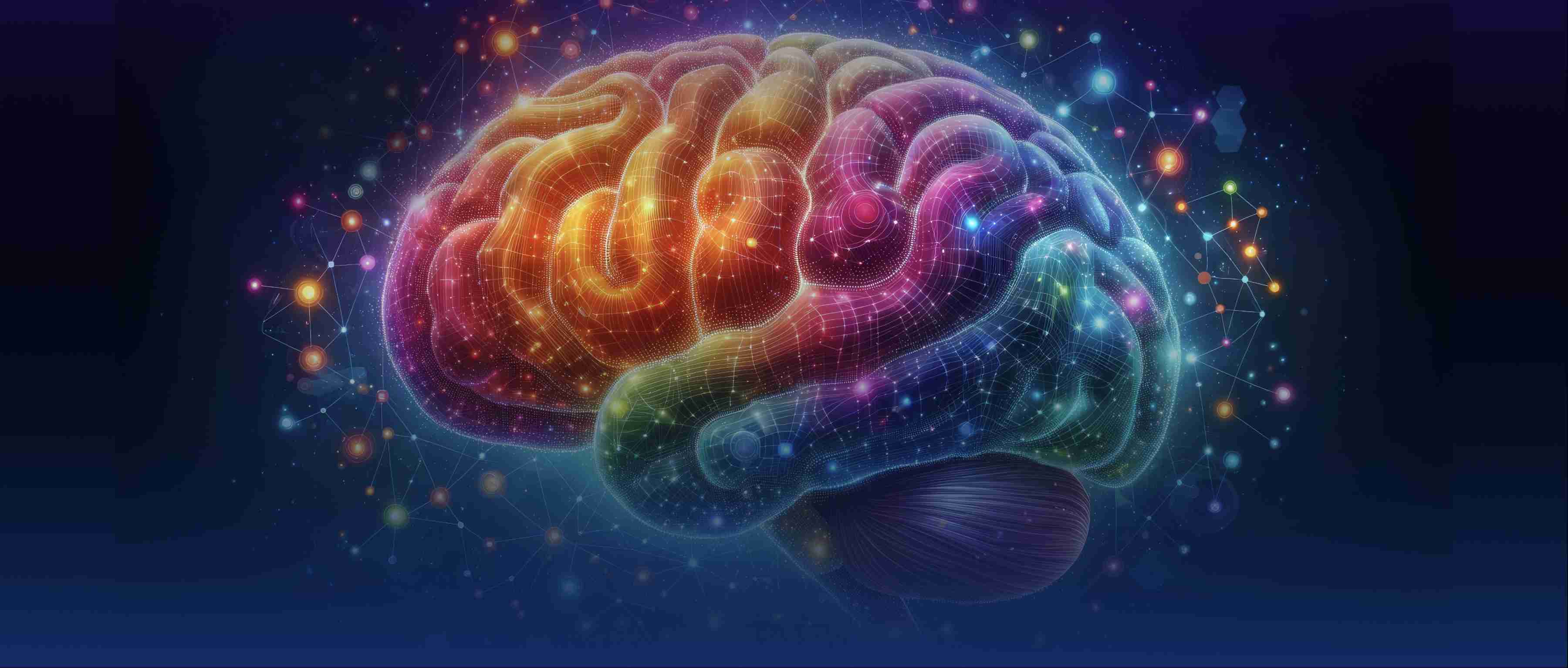The main advantage of deep reinforcement learning (DRL) over traditional methods lies in its ability to handle complex and high-dimensional input spaces, such as raw images, continuous state spaces, and large action spaces. Traditional reinforcement learning methods (like Q-learning) struggle in such environments because they require explicit state representations or a small, discrete action space.
DRL can leverage neural networks to approximate value functions, policies, or even models of the environment, enabling it to generalize across similar situations. This allows DRL to tackle tasks like robotic control, autonomous driving, or playing complex games (e.g., AlphaGo).
Moreover, DRL techniques like Deep Q-learning and policy gradients can be used for continuous action spaces and stochastic environments, which are limitations of traditional methods that rely on discrete state and action representations.
